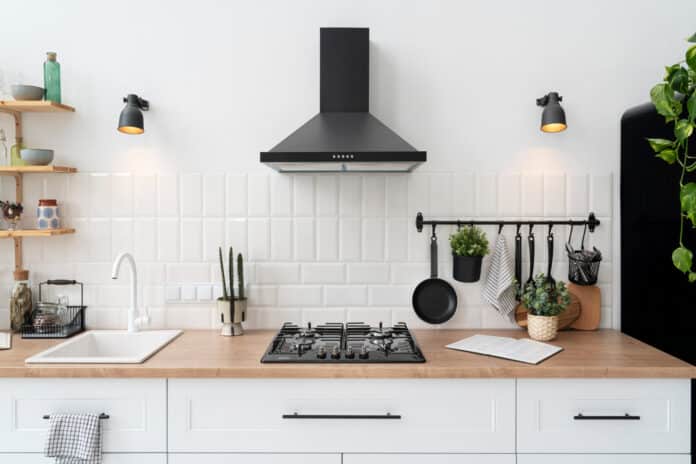Microbes from several sources, including food and human touch, frequently strongly invade one’s home kitchen. Although a few studies have described the bacterial makeup in cleaning tools and surface samples, little is known about the diversity of bacteria across various sample kinds, homes, and nations.
A new study identified the microbiota of 302 samples from cleaning utensils (sponges and cloths), kitchen surfaces in 74 households across 5 countries. It found that bacteria found in kitchens spread among were mostly harmless.
The study sampled bacteria populations from kitchen cleaning tools such as sponges and cloths and sinks, cutting boards, counter surfaces, handles, and sinks.
The researchers found eight bacterial genera frequently linked to environmental sources in the majority of the kitchens they examined, which they referred to as the “core microbiota,” despite the presence of numerous species and significant variations in bacterial diversity between samples. Acinetobacter, Pseudomonas, Enhydrobacter, Enterobacteriaceae, Psychrobacter, Chryseobacterium, Bacillus, and Staphylococcus were among them.
These genera/families were among the bacteria with the highest relative abundance across all samples, besides Yersiniaceae, Kocuria, Pantoea, and Streptococcus.
According to the investigators, the core microbiota survived despite significant variations between study kitchens. In several kitchens, there was no running water, indoor sink, or dishwasher. They continued despite variations in food preparation techniques, dietary preferences, and hand- and kitchen-hygiene practices, increasing the likelihood of infection.
Birgitte Moen, Ph.D., Scientist—Department of Food Safety and Quality, Nofima—Norwegian Institute of Food, Fisheries and Aquaculture Research, Ås, Norway said, “The study was motivated by the authors’ curiosity. Bacteria in food, gut, hospitals, and professional food production have been well researched, but little was known about the microbes that inhabit the domestic kitchen. With an existing collaboration across countries, we had a unique opportunity to dig into this.”
The crew was aware that different countries had different types of hazardous germs and that contaminated food was a common way for them to reach kitchens. Salmonella, for instance, is not a concern in Norway, despite being the most often reported cause of foodborne disease in continental Europe. According to Moen, understanding the bacteria that live in the average home kitchen might be used to help avoid disease, possibly even result in more hygienic kitchen designs and improved cleaning tools.
Journal Reference:
- Birgitte Moen, Solveig Langsrud, Ingunn Berget et al. Mapping the Kitchen Microbiota in Five European Countries Reveals a Set of Core Bacteria across Countries, Kitchen Surfaces, and Cleaning Utensils. Applied and Environmental Microbiology. DOI: 10.1128/aem.00267-23
